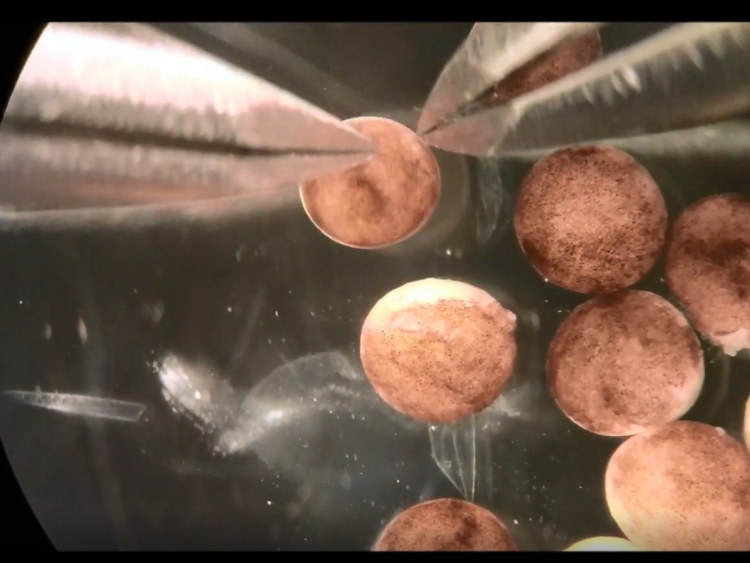By pushing loose cells together, swarms of tiny living robots can self-replicate in a dish.
Tufts University and the University of Vermont collaborated in 2020 to create unique, microscopic self-healing biological machines called "Xenobots" that could move around, push a payload, and even demonstrate collective behavior in the presence of a swarm of other Xenobots.
The same researchers have discovered that Xenobots can also self-replicate. Josh Bongard of the University of Vermont and Michael Levin of Tufts University in Massachusetts started by extracting rapidly dividing stem cells from frog embryos that would eventually become skin cells.
The latest generation Xenobots can also travel quicker, navigate diverse settings, and live longer than the original edition, and they can still function in groups and mend themselves if they are wounded.
"People have thought for quite a long time that we've worked out all the ways that life can reproduce or replicate. But this is something that's never been observed before," Douglas Blackiston, a senior scientist at Tufts University and the Wyss Institute who also worked on the study, said.
Within five days, when the cells are clumped together, they create spheres of roughly 3000 cells. Each cluster is about half a centimetre in diameter and is coated with microscopic hair-like structures. According to Bongard, these operate as flexible oars, propelling the xenobots ahead in corkscrew courses.
Individual clumps of cells appeared to act together in a swarm, pushing other loose cells in the dish together, according to the researchers. The resulting mounds of cells grew into new Xenobots over time.
Further research indicated that when 12 xenobots are placed in a plate with roughly 60,000 single cells, they appear to collaborate to generate one or two new generations.
On average, each round of replication produces somewhat smaller Xenobot offspring. Offspring with less than 50 cells eventually lose their capacity to swim and breed.
The team turned to artificial intelligence in order to develop more generations of Xenobots. The scientists used an evolutionary algorithm to estimate which xenobot beginning forms will produce the most offspring.
It's the first time that multicellular organisms have been discovered to self-replicate without growing on their own bodies.
"This work demonstrates that life could self-replicate in a previously unknown way," Bongard said.
Some members of the team intend to use the Xenobots to learn more about how the first organisms on Earth reproduced.
The results of the new research were published in Science Robotics.




